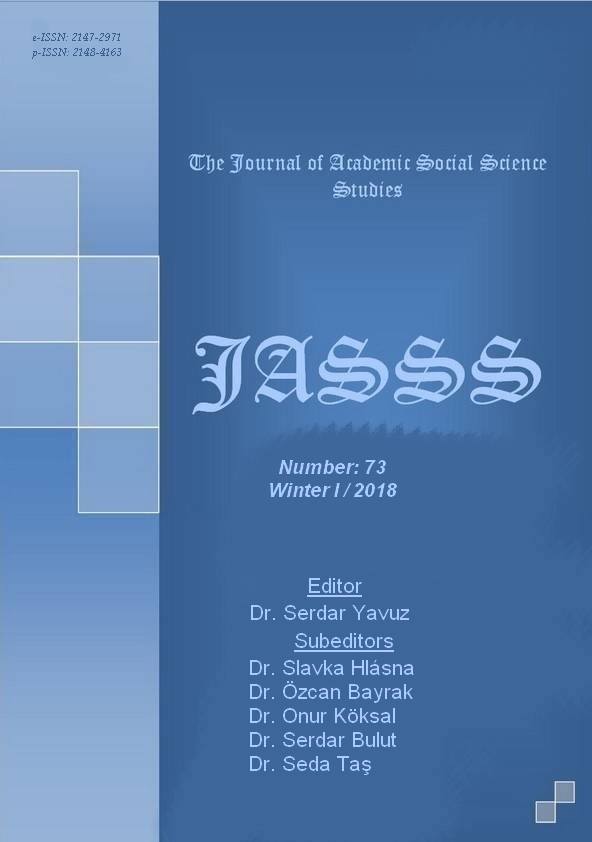Author :
Abstract
Kur’ân-ı Kerim’de günümüzde yerleşmiş Arap gramerine muhalif olan pek çok kullanım bulunmaktadır. Müsteşrikler bu muhalif kullanımları gramer hatası olarak adlandırırken Arap dilbiliminin kurucularından Ebu Ubeyde ve Sibeveyhi, onları, bazen dilsel bir mecburiyet (ızdırar), bazen caiz olan bir kullanım (ruhsat), bazen nüzul ortamındaki dile muvafakat, bazen de dilsel bir genişlik ve zenginlik olarak değerlendirir. Bu çalışmada, öncelikle Kur’ân’ın kullandığı ortak edebî dilin hangisi olduğu ele alınmış, daha sonra Arap gramerinin teşekkül dönemi ile Kur’ân’ın nüzul dönemi tarihi yönden incelenerek hangisinin daha önce gerçekleştiği araştırılmıştır. Bilahare, Arap grameri mi Kur’ân’dan hareketle oluşturulmuştur yoksa Kur’ân mı Arap gramerine tâbi olmuştur sorusuna cevap aranmış ve aralarındaki korelasyonun türü ve yönü tespit edilmeye çalışılmıştır. Son bölümde, ?? harfinin yerleşik gramere muhalif kullanımıyla yapılan muhalefet örnekleri tahlil edilerek ulaşılan sonuçların analizi yapılmıştır. Çalışma sonunda şu sonuçlara ulaşılmıştır: 1- Kur’ân indiği dönemin ortak edebî dili olan Kureyş lehçesiyle inmiştir. Ancak bünyesinde başka lehçelere de yer vermiştir. 2- Cümle yapısı bilinen Arap gramerine büyük oranda uyar. Ancak o dönem Araplarının dilde mütesâhil davranma ve kuraldışı cümleler kurma yöntemini benimseyerek bunu da kullanır. 3- Bu muhalif kullanımlar Kur’an açısından bir eksiklik değildir. Çünkü bunlar, her dilde örneklerine rastlanan bir dil özelliği ve ifadeyi güzelleştirme aracıdır.
Keywords
Abstract
There are many usages in the Qur’an unconformable to the modern Arabic grammar are encountered. Abu Ubayda and Sibawayh, one of the founders of the Arabic linguistics, refer to these usages -called as grammatical mistakes by the Orientalists- as allowable usages or flexibility and a richness of language or concurrence to the language followed by the first addresses. In this article, first of all the question of what is the common literary language that Qur’an employs. Secondly, the period in which the Qur’an was revealed and the formative period of Arabic grammar are examined and the question of which one is earlier is addressed. An answer for the question whether the Qur’an had been developed in accordance with Arabic grammar or vice versa has been sought. Type and direction of the interaction between the two is examined. Lastly, in the context of the letter ?? the cases of unconformable usages in the Qur’an are analyzed. In the final analysis we have come to these results: 1- The Qur’an was revealed in the Quraishi dialect which was the common literary language of that time. However, It also gave place to some other dialects. 2- The structure of the sentences in the Qur’an is conformable to the Arabic grammer to a large extent. However, It also adopted the method of structuring sentences out of the grammatical rules and tolerating attitude in the language among the Arabs. 3- The unconformable usages in the Qur’an are not any kind of deficiency. For these usages can be seen in any language as a characteristic of language and a way of beautifying the expression.
